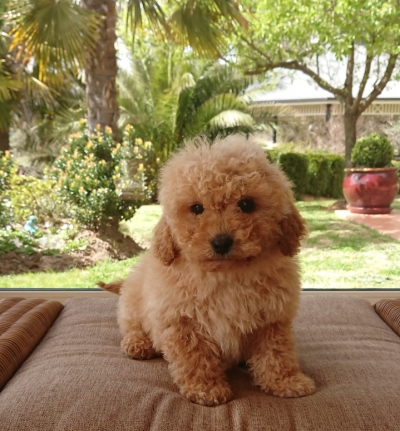
Preparing our dogs for Life after COVID-19
Our pets have been enjoying our extra time at home with more walks and more play time.
Part of being a responsible pet owner is preparing your dog for what comes next. When we inevitably go back to work, school and study, our pets must once again adjust to being home by themselves for many hours of the day. To prevent your dog from feeling confused after you head back to a regular routine, here are some tips you can implement now to ensure your dog is prepared for life after COVID-19.
Stick to a routine
Dogs are creatures of habit. Create a routine that includes enrichment, rest, exercise and alone time during the day, putting aside time to head out of the house without them if you can.
Let them sleep
Dogs’ sleep pattern vary according to their age, activity levels, health and individual characteristics. Most dogs sleep for an average of 10-14 hours a day, while puppies sleep more. If you spot them catching some shut eye, leave them to rest and only ask them to play with you once they’ve woken up on their own.
There is such a thing as too many walks
Most dogs need 30 to 45 minutes of aerobic exercise per day, dependant on health status; some may need more and some less. Please exercise your dog within their own capabilities and keep to an exercise routine that you are able to keep up once you return to work or study.
Encourage your dog to play with their toys
Make your dog toys more interesting by smearing dog-safe foods on them, such as peanut butter or canned dog food. Start rotating the toys frequently too, rather than leaving them lying around. If you collect and clean a toy once your dog is finished with it, and then put it away, it will increase the novelty value next time it comes out. Also try toys like rope toys, Kongs, balls and squeaky toys.
What is separation anxiety?
Separation anxiety, is the term that is used to describe a dog’s distress and destructive behaviours when they’re left alone, or even when their owner starts to prepare to leave the home.
Separation anxiety can include urinating and defecating in new places, escaping, digging, chewing, howling, barking and pacing.
It’s important to note that separation anxiety must be diagnosed by a veterinary behaviourist. If you think your dog is displaying signs of this behaviour, please get in touch with your veterinarian.
To help your dog, you can increase the time your dog spends alone gradually and ensure they have a comfortable ‘safe haven’ where they can relax and rest. Use the above enrichment suggestions, like smearing tasty food on their toys or use a long-lasting chew for them whilst they are in this area. You can create a comfortable and safe space in which your dog wouldn’t mind spending time alone. The area should include clean food and water bowls, toys, bed and a toileting area. You can also make your backyard more complex and adventure filled. Think a digging pit, kennel, and extra toys. Start off by giving your dog time alone in smaller increments. Leave them alone for a few minutes, five minutes, ten minutes, then 20, then 30 and so on.
Remember, never punish unwanted behaviour. This will only make the situation worse.
